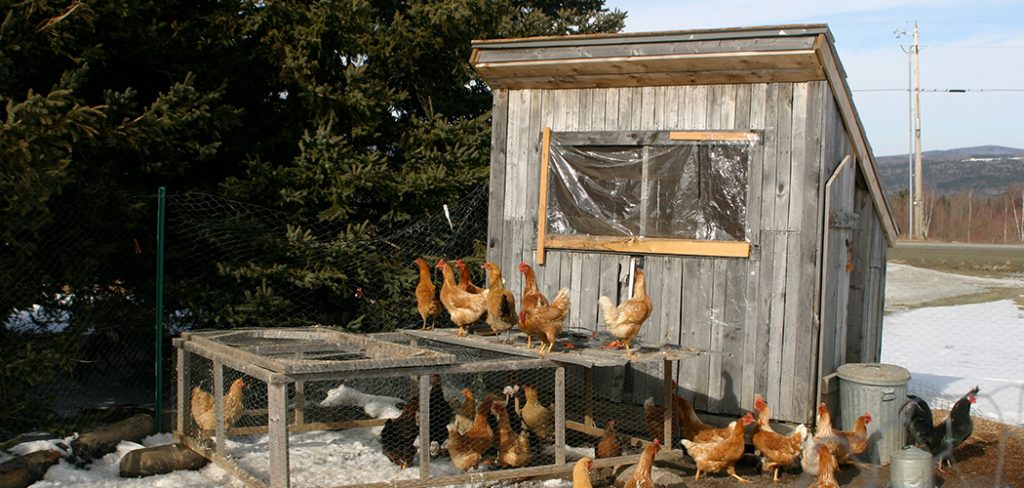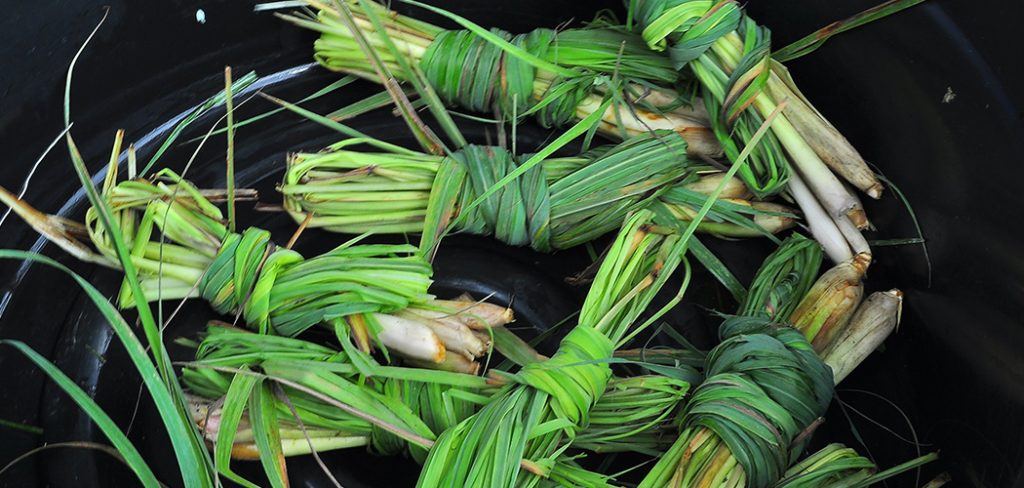Have you ever wondered how many plants that start with ‘S’? You may know many names of people that start with the letter C. Maybe your name starts with the letter C, but what about plants? We will try to work out a few plant names that start with the letter C! These include few such as Salvia, Scindapsus aureus, Sansevieria, Syngonium, Sanvitalia.
An interesting fact related to the letter S is that in the ancient Greek name Stefan (Στεφανος). This means a wreath woven of flowers or crown.
Salvia, first on our list of plants that start with ‘S’
This ornamental annual plant originates from Brazil and has no medicinal effects like Salvia officinalis, nor aromatic like Salvia sclarea (sage). Salvia splendens is usually planted about 30 cm high. It attracts attention with its red flowers arranged in a class. It has dark green heart-shaped leaves, and with regular pinching of the young plant and by tearing off the drooping flower classes, it will develop into a dense bush.
Plant it in a sunny place in the garden or in a pot. You can combine it with ageratum because they require equal care. The combination of red and blue flowers, dark and light leaves is interesting. It requires a lot of moisture and good humus soil, and it is best to plant it at a distance of 30 cm. There are many species of sage that grow up to 1 meter. The most common color of flowers is red, but there are species that are white, pink, or purple.
Sanvitalia
Sanvitalia is a balcony flower of the Asteraceae family, native to Mexico and Guatemala. Its best characteristic is its small yellow flowers. It is suitable for growing in a pot or planter. Sanvitalia enjoys water, sun, and a place protected from the wind. So constantly, keep the soil moist. And every ten to fifteen days it should be fed with flower fertilizer. If you want to grow it from seed, the best time for that is the middle of March, when the temperatures will rise, and at the germination, there will be 18 ° C. The best period to transplant Sanvitalia to the garden or balcony is beginning up to the end of May.
Sansevieria
Characterized by its erect, long leaves that grow up to 80 cm in height, the Sanseveria flower has different types of leaves. It differs in pattern and color. Three species are mainly cultivated: Sansevieria trifasciata moonshine which has dark green leaves with transverse gray stripes, the other species is Sansevieria trifasciata varlaurenti which has yellow-green leaves with a beautiful yellow edge and the third species is Sansevieria hahnica with white wide leaves. Sanseveria originates from the tropics of South Africa. Due to its resilience and ease of maintenance, they are now housed in our homes.
How to Care for Your Sanseviera :
The soil in which you plant it should be permeable because it does not like too much moisture. It is therefore suitable for those who do not have much time for plant care. In terms of accommodation and choice of location, it can withstand high sun and shade exposure. However, if you keep it in the shade, it loses its beauty and its patterns become less visible. Because it does not like a lot of moisture, and putting it next to the radiator will not happen to her. Excessive exposure to moisture can cause plant to rot. Therefore, when watering the soil should not be completely wet. Between watering, it should be dried.
During the winter, if the plant is in a colder place (but not below 10 ° C), it can be watered once a month. While in summer it tolerates more frequent and abundant watering. When watering, water should not enter the heart of the plant. Collected water in the washer should be emptied.
Sansevieria trifasciata moonshine has a small and shallow root, so plant it in shallow but wide pots. If pots are small, then it is only when it should be transplanted. At best, transplant during spring, in light, fertile soil with the addition of 15% river sand. A good drainage in the land to where it will be transplanted is important.
Propagation is by cuttings and root division. If you propagate it with cuttings alone, it will lose its beautiful yellow edge and yellowish color.
Syngonium
Syngonium plant is a creeping plant that grows very fast and needs support. Put a stick covered with moss in the pot to which you will attach it to help grow. Never plant it on hanging plants because its stem is very tender and brittle. Store in a bright place without direct sunlight and with proper ventilation. Water it 2-3 times a week, and in winter reduce it once.
During spring and summer, once a month, add liquid foliar fertilizer to the irrigation water. Since Syngonium plant grows fast, you must transplant it every year or immediately plant it in a large pot. Every spring change the surface layer of soil to get food. Care in spring by cuttings at least 15 cm long with two pairs of leaves. Simply drive them into the ground. They will harden easily and release new petals.
Scindapsus aureus
Last on our list of plants that start with ‘S’ is the Scindapsus aureus flower has heart-shaped green leaves that are interspersed with yellow. And it can grow in a hanging container, or you can put a stick covered with moss around in which it will grow. In a year it can grow up to half a meter. You can store it in a not very bright place, it will still keep the patterns on the leaves. It does not need much moisture, so it is desirable that the soil dries before the next watering. Water the Scindapsus aureus flower every 4-5 days in summer and 8-10 days in winter. It is best to touch the ground, and if it is loose then you should water it. In summer it will be good if you occasionally spray the leaves.
There is no dormancy period, so feed it once a month with water to which you have added fertilizer for houseplants. If it is very tall, prune it in the spring. Propagation is through cuttings. They will harden very easily because they have small aerial roots. You can plant them directly in the ground, or put them in water first, and when they take root, plant them. More light is needed if the leaves lose their yellow pattern. If the edges of the leaves have brown spots, it means you watered it too much or it is too cold. You do not have to transplant it very often, every other year is enough.
More on Plants that Start with ‘S’ :
If we are to choose one interesting plant from the list, it would be Salvia Divinorum. This plant is thought to cause hallucinations and said to reveal our spiritual side. That is why it is known for its mysticism and use in religious rites. Many shamans in Mexico have used it, although today science claims that it has a toxic effect.
However, there are other S plants that are worth mentioning, such as Spinach, Spruce, Sweet pea, Spicebush, Santolina, Scopolia, Stenotus, and so on and so forth.
If you want to include Spider Plant in your garden and list of plants that start with ‘S’, check out my previous blog here.

